Ensuring that your garage door is functioning correctly and safely is crucial for the safety of your household. Regularly testing the safety features of your garage door can prevent accidents and ensure smooth operation.
Here’s a comprehensive guide on safely testing your garage door’s safety features.
Table of Contents
1. Visual Inspection
Inspect the Door and Components
Before conducting any tests, start with a thorough visual inspection. Look for any signs of wear and tear on the door panels, springs, cables, rollers, and tracks. Check for rust, fraying, or other damage that could impair the door’s operation.
Examine the Safety Features
Identify and inspect the key safety features of your garage door. These typically include the auto-reverse mechanism, photoelectric sensors, manual release handle, and any safety cables. Ensure that all components are intact and free from obstruction.
2. Testing the Auto-Reverse Mechanism
Why It’s Important
The auto-reverse mechanism is a crucial safety feature that forces the door to reverse if it encounters an obstruction while closing. This prevents injuries and damage to objects or people that might be in the door’s path.
Conducting the Test
- Place an Obstruction: Place a sturdy object, such as a wooden block or a roll of paper towels, in the path of the closing door.
- Close the Door: Use the garage door opener to close the door.
- Observe the Reaction: The door should reverse direction immediately upon contacting the object. If it doesn’t, adjust the sensitivity settings according to the manufacturer’s instructions and retest.
Monthly Testing
It’s recommended that this test be performed monthly to ensure that the auto-reverse mechanism is functioning correctly.
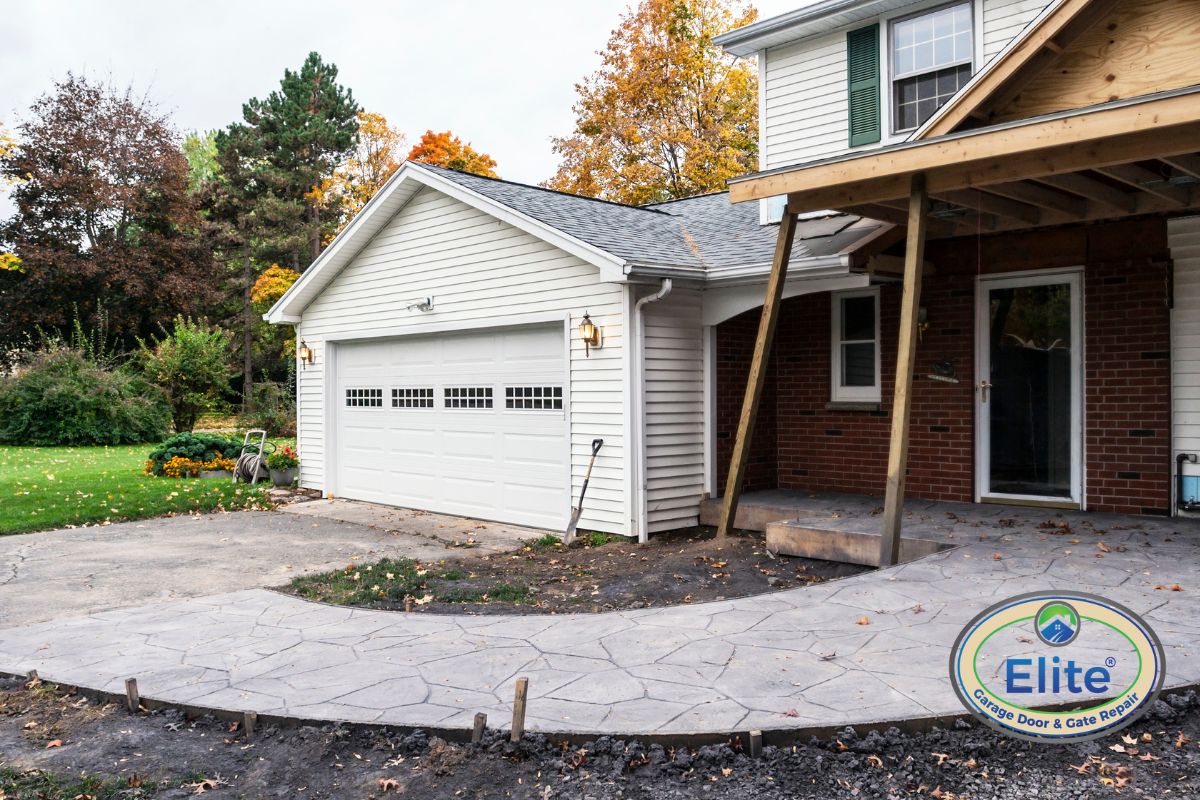
Visual Inspection
3. Testing the Photoelectric Sensors
Importance of Sensors
Photoelectric sensors, or safety eyes, are located on either side of the garage door, about six inches above the ground. They detect objects in the door’s path and prevent the door from closing if something is detected.
Conducting the Test
- Check Alignment: Ensure the Sensors Are Properly Aligned and that the LED lights on both sensors are illuminated. The sensors may be misaligned or dirty if one or both lights are off or blinking.
- Block the Sensor Beam: Close the garage door using the opener and then block one of the sensors with an object, such as a broomstick.
- Observe the Reaction: The door should immediately stop closing and reverse direction. If it doesn’t, clean the sensors, realign them if necessary, and retest.
Regular Cleaning and Maintenance
Keep the sensors clean and free from debris to ensure they function correctly. Regularly check their alignment and adjust if needed.
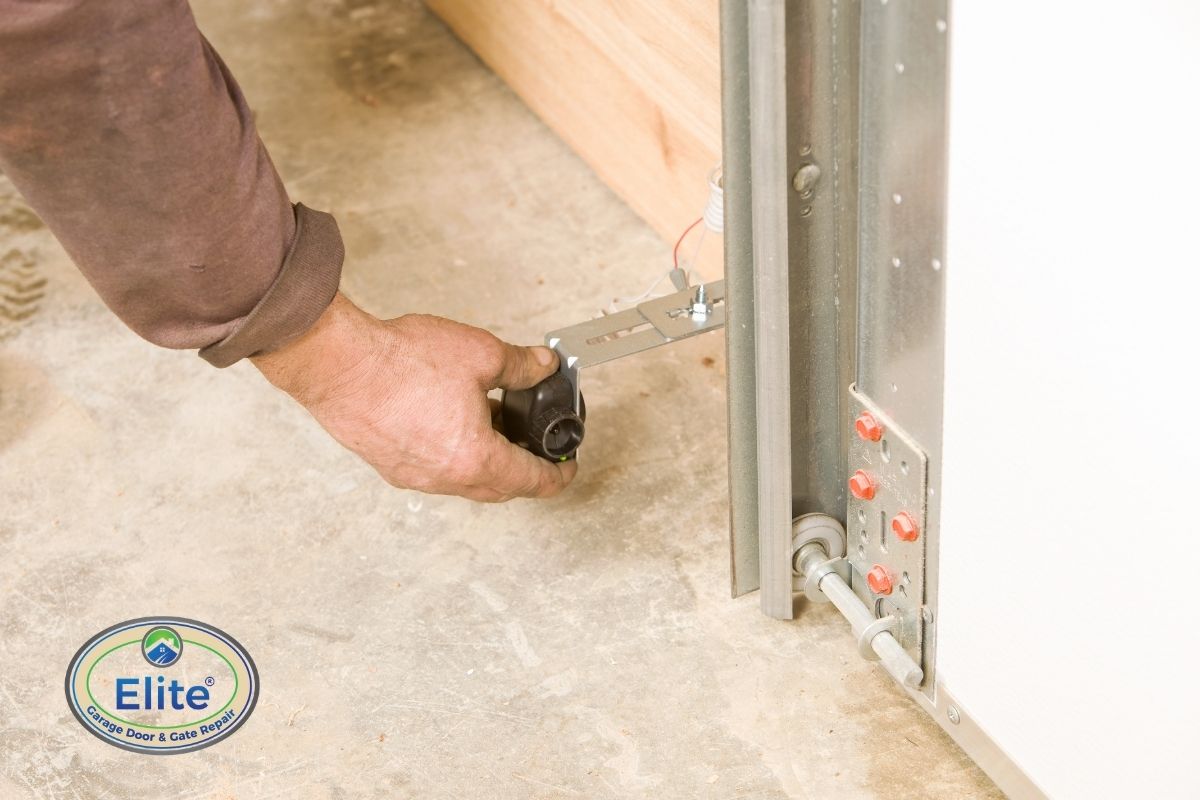
Testing the Photoelectric Sensors
4. Testing the Manual Release Handle
Purpose of the Manual Release
The manual release handle allows you to open or close the garage door manually in case of a power outage or malfunction. This feature is essential for accessing your garage when the automatic system fails.
Conducting the Test
- Locate the Handle: Find the manual release handle, usually a red cord hanging from the garage door opener track.
- Disengage the Opener: Pull the handle to disconnect the garage door from the opener.
- Operate the Door Manually: Lift and lower the door manually to ensure it moves smoothly along the tracks. Reconnect the door to the opener by pulling the handle again and test the automatic operation.
Monthly Testing
Test the manual release handle monthly to ensure it works properly when needed.
5. Checking the Balance of the Door
Why Balance Matters
A properly Balanced Garage Door operates smoothly and reduces strain on the opener. An unbalanced door can lead to premature wear and potential safety hazards.
Conducting the Test
- Disconnect the Opener: Use the manual release handle to disconnect the door from the opener.
- Lift the Door: Manually lift the door halfway and release it. A balanced door should stay in place or move slightly. If it falls or rises significantly, it may need professional adjustment.
Professional Assistance
If the door is unbalanced, contact a professional technician to adjust the tension of the springs and ensure safe operation.
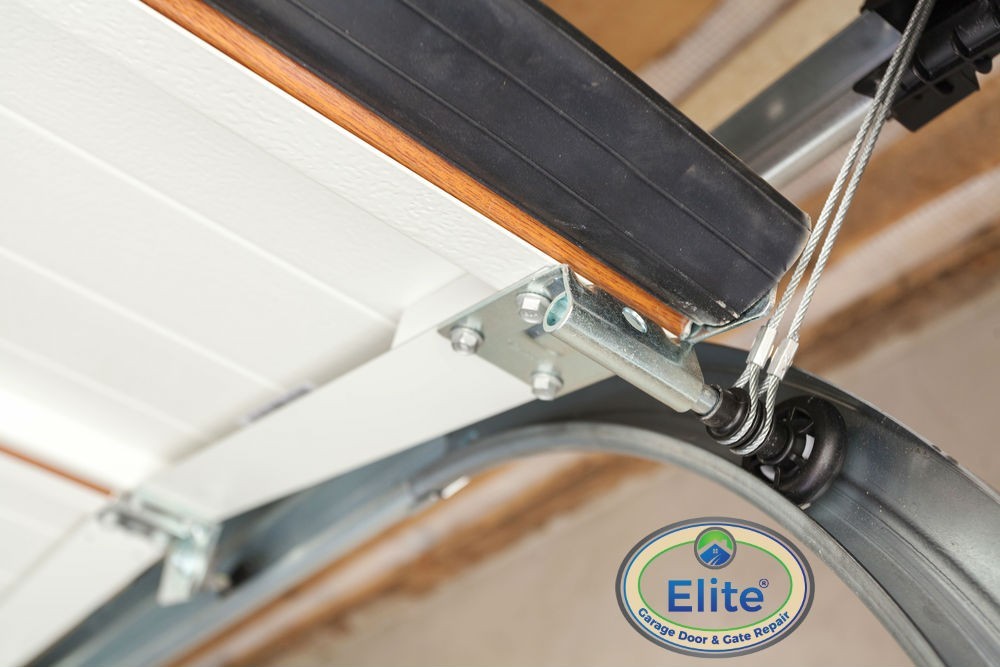
6. Regular Maintenance
Routine Checks
In addition to these tests, perform routine maintenance checks on your garage door. Lubricate moving parts, tighten hardware, and clean the door and its components. Regular maintenance helps ensure the longevity and safety of your garage door system.
Professional Inspections
Schedule professional inspections annually to identify and address any potential issues that may not be apparent during routine checks.
Conclusion
Regularly testing your garage door’s safety features is essential for ensuring the safety and reliability of your garage door system. By conducting these tests and performing Routine Maintenance, you can prevent accidents, avoid costly repairs, and extend the life of your garage door.
Ensuring that all safety mechanisms function correctly provides peace of mind and protects your family and property.



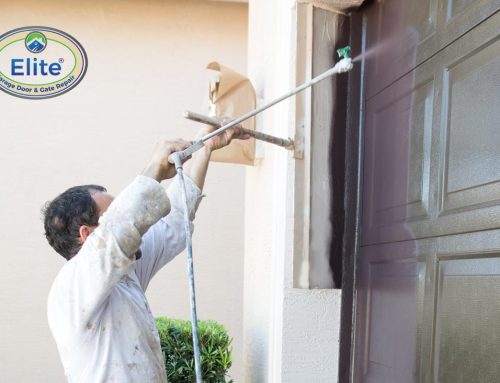



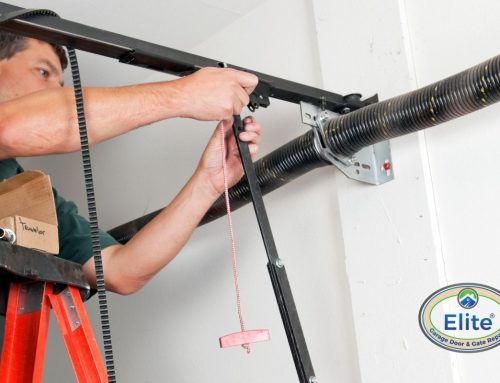










Leave A Comment